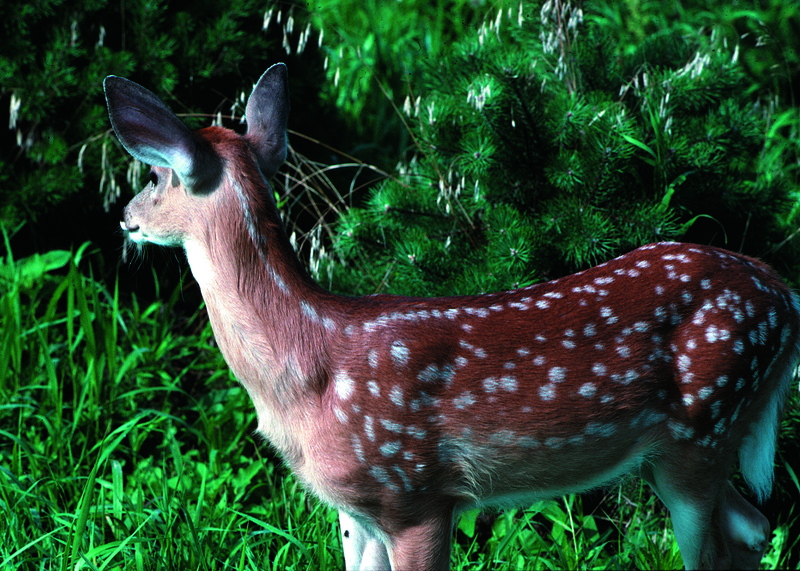Texas Animal Health Commission (TAHC) officials confirmed Anthrax in white-tailed deer in Kinney County on September 16, 2016. The affected premises is located approximately 12 miles east of Brackettville. The premises has been quarantined and TAHC rules require proper disposal of affected carcasses and vaccination of livestock on the premises prior to release of the quarantine.

“The TAHC will continue to closely monitor the premises,” said Dr. T.R. Lansford, TAHC Assistant Executive Director for Animal Health Programs. “Producers are encouraged to consult their veterinary practitioner or local TAHC office if they have questions about the disease in livestock and a medical professional if they have concerns about personal anthrax exposure.”
Anthrax is a bacterial disease caused by Bacillus anthracis, which is a naturally occurring organism with worldwide distribution. Anthrax periodically emerges in the southwestern part of Texas. A vaccine is available for use in susceptible livestock in high risk areas.
Acute fever followed by rapid death with bleeding from body openings are common signs of anthrax in livestock. Carcasses may also appear bloated and decompose quickly. Livestock displaying symptoms consistent with anthrax should be reported to a private veterinary practitioner or a TAHC official. If affected livestock or carcasses must be handled, producers are encouraged to follow basic sanitation precautions such as wearing protective gloves, long sleeve shirts and washing thoroughly afterward to prevent accidental spread of the bacteria to people.
LISTEN: Anthrax in animals: An interview with Dr. Buddy Faries


Where is this located? Name of ranch?
I would also like to know as I have property in that same area.
Perhaps you could contact your county or the Texas Animal Health Commission for such details